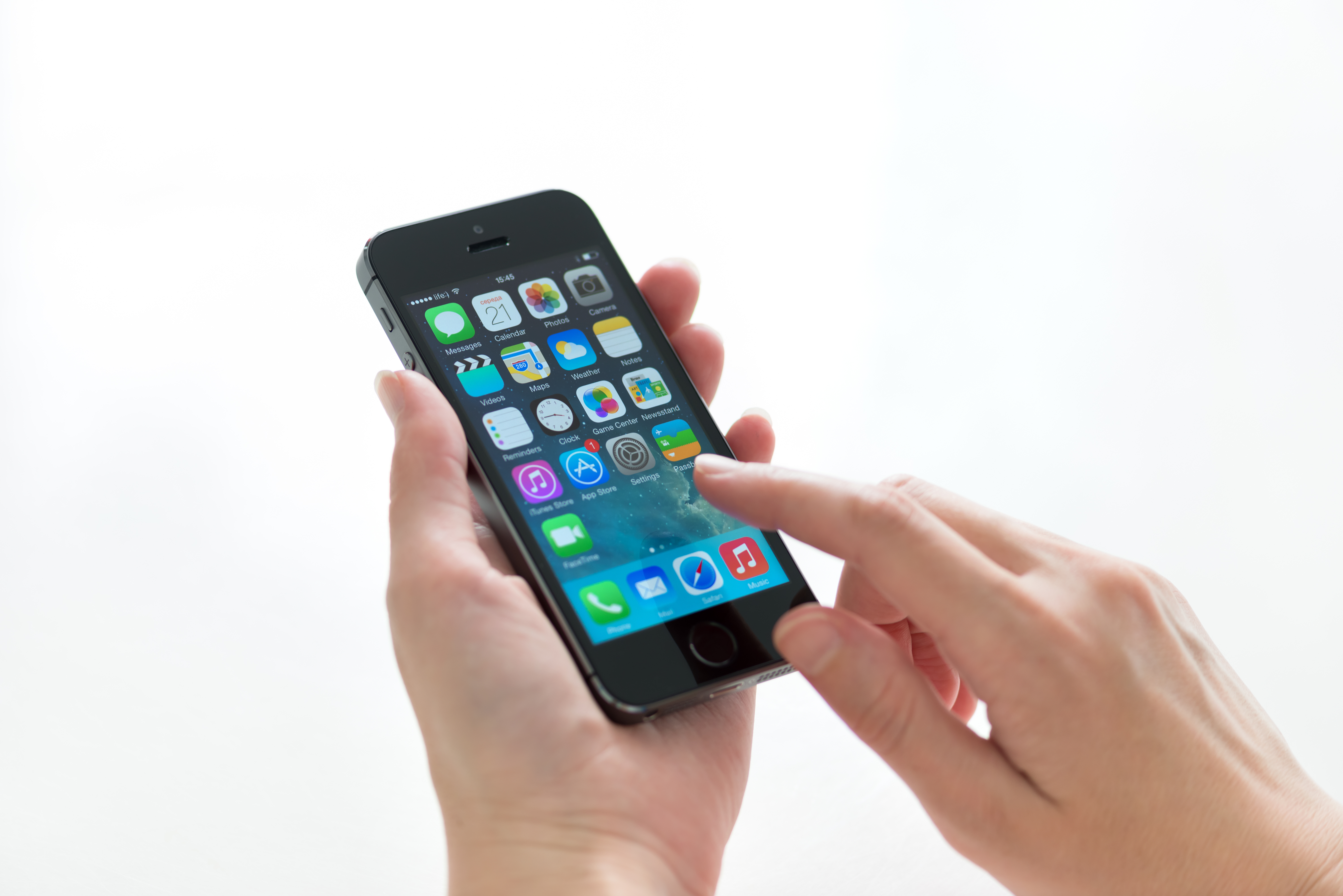Twitter arrived on the scene in 2006. In thirteen short years, Twitter has established itself as a social media powerhouse. The company currently boasts over 255 million active users with over 500 million tweets sent per day. The company is closely linked to the growing mobile revolution with over 78% of users on mobile, which means you can use it almost anytime, anywhere. Twitter also boasts two compelling statistics: it is a global platform with 77% of accounts coming from outside of the United States (where Twitter is headquartered) and it supports over 35 languages, including Arabic.
Twitter has a bold mission: To give everyone the power to create and share ideas and information instantly, without barriers. One of the early criticisms of Twitter that still persists to this day is that it is primarily a tool of useless self-promotion. It is certainly true that a large chunk of the Twitterverse is full of people sharing where they are and what they are doing right now to their friends and anyone else who cares to listen. However, to say that Twitter can’t be anything more, ignores the rest of Twitter’s sphere of influence and the idea that Twitter can be what you make of it.
If you are new to Twitter there are a few key concepts you should know:
- A tweet is a 140-character post that can include location information, links to websites, images, or videos.
- Tweets are by default public to all Twitter users, but you can make them protected and viewable to only approved followers.
- You can choose to follow other Twitter users. Following means that the user appears in your timeline.
- Protected Twitter accounts require the user to accept your follow request, while public accounts do not require any approval to follow.
- Twitter has a timeline, which is a stream in Twitter that shows the tweets of all the users you follow.
- Twitter has a number of useful functions built into it, such as favorites, lists, hashtags, @reply, mentions, retweets, and direct messages.
- In addition to the Twitter website and official apps, there are also many third party applications for different platforms offering additional ways to experience Twitter, such as TweetDeck, Twitterific, Twidere, and SnapBird.
Now that you have the basics down, here are some of the ways Twitter can be used for learning:
Stay Informed Professionally
Perhaps the easiest way to use Twitter for learning is on a personal level. Twitter is a great way to keep up with your field. Many media outlets, professional organizations, and experts in your area can be found on Twitter. Follow them! Create a list of users to narrow content down and streamline what you want to see for particular purposes. You can also use the favorites tool to mark particularly appealing tweets. Use your own Twitter account to share professional insights for others to see and use!
Create an Engaging Conversation
Are you hosting a conference, workshop, or seminar? Are participants in a learning program watching media, reading, completing research, or working on another project? If so, Twitter could be an opportunity to turn the event or work into a truly social, engaging experience. Create unique hashtags and communicate it to others to create a streamlined, searchable discussion. The list feature can be used to streamline discussions and can be public or private. Use a retweet (RT), @reply, or a mention to highlight important information or key information to specific individuals. Encourage people to pull in other information from around the web by inserting pictures, videos, or web links. Allow discussions to be public and pull in others from around the Twitterverse!
Hold Private Discussions
Do you have a question for a person or an organization on Twitter that you don’t want to be publicly viewable? Are you facilitating a learning event or experience on Twitter and want to offer an option for private questions or discussion? The Direct Message (DM) is there for you! The DM feature is a great way to communicate, but to do so privately.
A social media tool based on 140 character posts may sound like it would be a difficult way to share information and hold meaningful conversations. However, it is a great opportunity to build critical thinking, writing, and message design skills. The instant, social aspect of Twitter makes it a fantastic tool for real-time, engaging information sharing. As you plan your next event or learning opportunity, look for ways that you can incorporate Twitter for a truly memorable experience!

